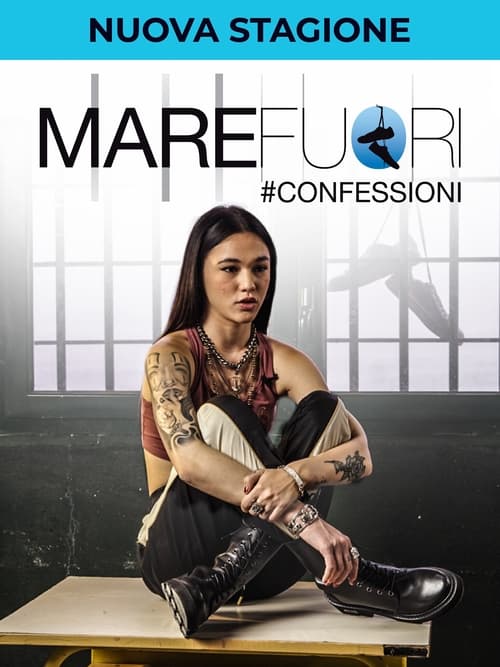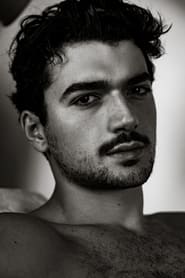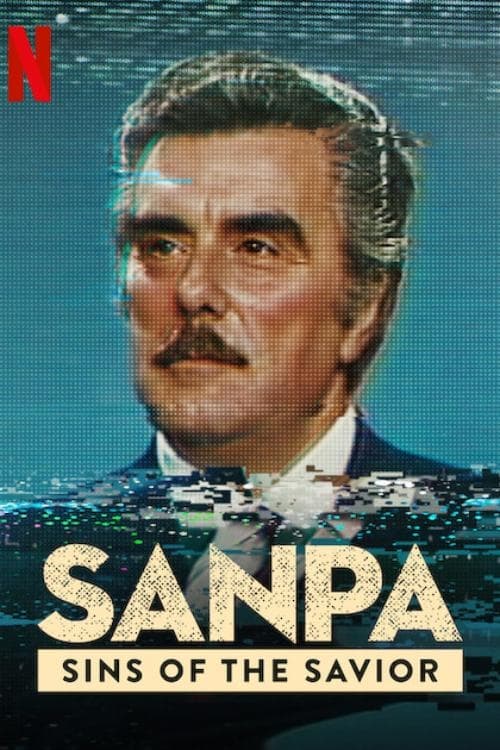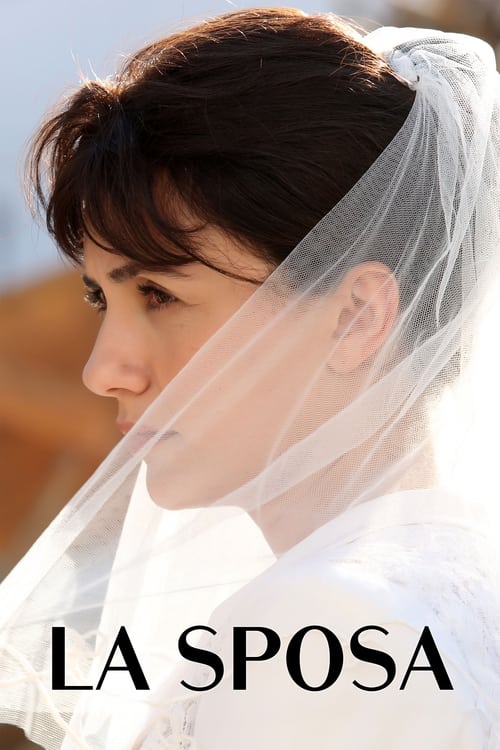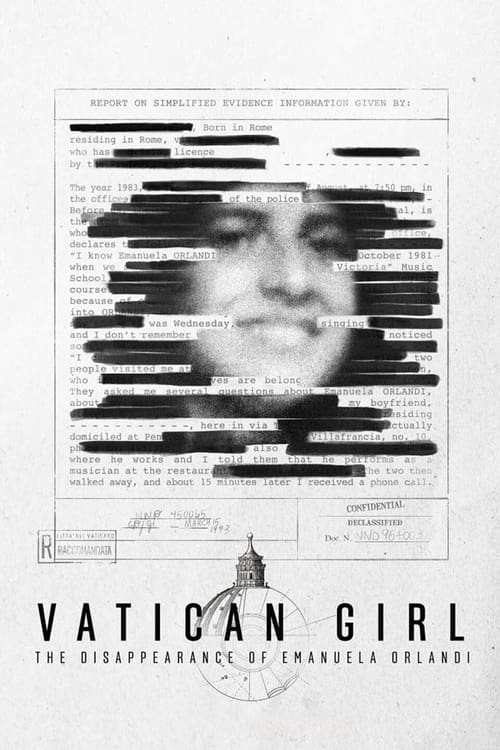
Ask Your Own Question
What is the plot?
In the opening scenes of "Mare fuori: Confessioni," we are introduced to the juvenile detention center, a stark and oppressive environment where the young inmates navigate their daily lives. The camera pans through the facility, capturing the tension and camaraderie among the boys. We meet the main characters, including the tough yet vulnerable Filippo, the charismatic and rebellious Ciro, and the introspective and sensitive Edoardo. Each character's backstory is hinted at through their interactions and the way they cope with their circumstances.
As the story unfolds, we witness a series of flashbacks that reveal the events leading to their incarceration. Filippo's troubled family life is explored, showcasing his strained relationship with his father, who is disappointed in him. Ciro's past is marked by a life of crime, driven by a desire to prove himself and gain respect. Edoardo, on the other hand, struggles with his identity and the pressure to conform to the expectations of his peers.
The narrative takes a turn when a new inmate, a mysterious and enigmatic boy named Lino, arrives at the detention center. His presence disrupts the existing dynamics among the boys. Lino quickly gains attention due to his defiance and fearless attitude, which intrigues Ciro and challenges Filippo's leadership. Tensions rise as the boys begin to form alliances and rivalries, leading to a series of confrontations.
One pivotal scene occurs during a group exercise where the boys are tasked with working together. The exercise devolves into chaos as Ciro and Lino clash, resulting in a physical fight. The other boys watch, torn between loyalty to Ciro and curiosity about Lino. This confrontation solidifies Lino's position as a formidable presence within the group, while also deepening the rift between him and Ciro.
As the days pass, the boys engage in various activities, including therapy sessions that reveal their inner struggles. During these sessions, we see glimpses of their vulnerabilities and the reasons behind their actions. Filippo grapples with feelings of inadequacy, Ciro wrestles with his desire for acceptance, and Edoardo confronts his fears of being judged.
A significant turning point occurs when the boys are given the opportunity to participate in a community service project outside the detention center. This experience exposes them to the outside world and allows them to reflect on their choices. During this time, Ciro and Lino form an unexpected bond, sharing their dreams and aspirations. However, this newfound friendship is tested when they are faced with a moral dilemma involving a local shopkeeper who treats them with disdain.
The climax of the story unfolds when a planned escape from the detention center is set in motion. Ciro, Lino, and a few other boys devise a detailed plan, fueled by their desire for freedom and a chance to start anew. The night of the escape is fraught with tension as they navigate through the dark corridors, avoiding guards and using their knowledge of the facility to their advantage. Each step is meticulously calculated, but the plan begins to unravel when one of the boys panics and alerts the guards.
In the ensuing chaos, the boys scatter, leading to a series of individual confrontations. Ciro and Lino find themselves cornered by a guard, resulting in a desperate struggle. Ciro's instincts kick in as he fights to protect Lino, showcasing his loyalty despite their earlier conflicts. Meanwhile, Filippo, who has been hesitant about the escape, is forced to confront his fears and make a choice about where his loyalties lie.
As the dust settles, the boys are captured and returned to the detention center. The aftermath of the escape attempt leads to severe consequences, including increased security measures and a loss of privileges. The boys are left to reflect on their actions and the bonds they have formed. In the final scenes, we see them grappling with the reality of their situation, each character facing their own demons and contemplating their futures.
The series concludes with a poignant moment of introspection, as the boys sit together in their cell, sharing their hopes and fears. The camera lingers on their faces, capturing the complexity of their emotions as they navigate the uncertain path ahead. The story leaves viewers with a sense of unresolved tension, highlighting the ongoing struggles of youth in a challenging environment.
More TV Shows Like This
Browse All TV Shows →
What is the ending?
In the ending of "Mare fuori: Confessioni," the characters face the consequences of their choices, leading to a dramatic climax that tests their loyalties and resolves. The story concludes with significant transformations for the main characters, highlighting themes of redemption, sacrifice, and the harsh realities of their lives.
As the final episodes unfold, we see the tension escalate within the juvenile detention center. The atmosphere is thick with uncertainty as the characters grapple with their past actions and the looming threat of betrayal.
In the first scene, we find the protagonist, Filippo, reflecting on his journey. He stands alone in the courtyard, the weight of his decisions heavy on his shoulders. His internal struggle is palpable; he is torn between his desire for freedom and the loyalty he feels towards his friends. The camera captures the flicker of hope in his eyes, but it is overshadowed by the fear of what lies ahead.
The next scene shifts to the common room, where the group gathers. Tensions rise as they discuss their plans for the future. The dialogue is charged with emotion, revealing their fears and aspirations. Each character shares their dreams, but the underlying threat of betrayal looms large. The audience can feel the camaraderie, but also the fragility of their bonds.
As the plot progresses, a pivotal moment occurs when one of the characters, Ciro, makes a fateful decision. He chooses to confront a rival gang, leading to a violent altercation. The scene is intense, with quick cuts between the chaos of the fight and the shocked expressions of the other characters. Ciro's motivations are clear; he seeks to protect his friends, but the cost of his bravery is steep.
In the aftermath of the confrontation, the characters are left to deal with the consequences. The emotional fallout is evident as they gather in the aftermath, grappling with the reality of their situation. Filippo, feeling the weight of guilt, tries to rally his friends, urging them to stay united. His determination shines through, but it is met with skepticism from some, who question whether they can truly trust each other.
The climax reaches its peak when the authorities arrive, leading to a tense standoff. The characters must make quick decisions that will determine their fates. In a heart-wrenching moment, one character sacrifices themselves to ensure the others can escape. The scene is filled with raw emotion, as the remaining friends watch in horror, realizing the depth of their bond and the sacrifices they are willing to make for one another.
As the dust settles, we see the remaining characters grappling with their new reality. Filippo, now burdened with the loss of his friend, stands at a crossroads. He must decide whether to continue down a path of crime or seek redemption. The final scene captures him walking away from the detention center, a mix of determination and sorrow etched on his face.
In the closing moments, we see glimpses of the other characters as they navigate their own paths. Some choose to embrace a new beginning, while others remain trapped in the cycle of their past. The camera lingers on their faces, capturing the complexity of their emotions--hope, regret, and the desire for change.
The ending of "Mare fuori: Confessioni" leaves viewers with a poignant reminder of the struggles faced by the characters, emphasizing the themes of loyalty, sacrifice, and the quest for redemption in a world fraught with challenges. Each character's fate serves as a reflection of their choices, ultimately shaping their identities and futures.
Is there a post-credit scene?
In "Mare fuori: Confessioni," there is indeed a post-credit scene that adds depth to the narrative. After the main credits roll, viewers are treated to a brief but impactful moment that encapsulates the emotional turmoil of the characters.
The scene opens with a dimly lit corridor of the juvenile detention center, where the atmosphere is thick with tension. The camera pans slowly, capturing the graffiti on the walls, remnants of the struggles and stories of the young inmates. The sound of distant voices echoes, creating a haunting backdrop.
Suddenly, the focus shifts to a solitary figure standing at the end of the corridor. It's one of the main characters, reflecting on their journey and the choices that led them to this point. Their expression is a mix of regret and determination, showcasing the internal conflict that has been a recurring theme throughout the series. As they take a deep breath, the camera zooms in on their face, revealing a flicker of hope amidst the despair.
In the final moments of the scene, the character turns and walks away, the sound of their footsteps resonating in the silence. This poignant moment serves as a reminder of the ongoing struggles faced by the youth in the system and leaves the audience with a sense of unresolved tension, hinting at the challenges that lie ahead for them.
This post-credit scene effectively encapsulates the series' themes of redemption, resilience, and the harsh realities of life within the juvenile justice system, leaving viewers with a lingering emotional impact.
What is the significance of the character Filippo in Mare fuori?
Filippo is a central character whose journey reflects the struggles of youth in a challenging environment. His internal conflict between loyalty to his friends and the desire for a better life drives much of the narrative. As he navigates the complexities of friendship and betrayal, his emotional state fluctuates between hope and despair, making him a relatable figure for viewers.
How does the relationship between Naditza and the other characters evolve throughout the series?
Naditza's relationship with the other characters, particularly with her mentor and peers, evolves significantly. Initially, she is portrayed as a rebellious spirit, often clashing with authority. However, as the series progresses, her vulnerabilities are revealed, leading to deeper connections with others, especially as she learns to trust and rely on her friends, showcasing her growth and emotional depth.
What role does the setting of the juvenile detention center play in the characters' development?
The juvenile detention center serves as a microcosm of society, where the characters confront their past mistakes and face the consequences of their actions. The confined environment amplifies their emotional struggles, forcing them to confront their identities and relationships. This setting becomes a catalyst for change, pushing characters like Ciro and Filippo to reflect on their choices and seek redemption.
How does the character of Ciro embody the themes of loyalty and betrayal?
Ciro's character is a complex embodiment of loyalty and betrayal. His fierce loyalty to his friends often leads him into morally ambiguous situations, creating tension within the group. As he grapples with the consequences of his actions, viewers witness his internal struggle, torn between his desire to protect his friends and the realization that some loyalties may be misplaced, highlighting the emotional weight of his decisions.
What are the key moments that define the friendship between the main characters?
Key moments that define the friendship between the main characters include shared experiences of hardship, moments of vulnerability, and instances of conflict that test their bonds. For example, pivotal scenes where they support each other during crises or confront betrayals reveal the depth of their connections. These moments are rich in emotional detail, showcasing their growth and the complexities of their relationships as they navigate life in the detention center.
Is this family friendly?
"Mare fuori #confessioni" is a series that delves into complex themes and emotional struggles, which may not be suitable for younger audiences or sensitive viewers. Here are some potentially objectionable or upsetting aspects:
-
Violence and Aggression: The show features scenes of physical confrontations and aggressive behavior among characters, which may be intense for younger viewers.
-
Emotional Turmoil: Characters experience significant emotional distress, including themes of loss, betrayal, and trauma, which can be heavy and unsettling.
-
Criminal Activity: The narrative involves elements of crime and delinquency, showcasing the lives of young individuals in a correctional facility, which may not be appropriate for children.
-
Substance Abuse: There are references to drug use and the impact of addiction, which could be distressing for sensitive viewers.
-
Mental Health Issues: The show addresses mental health struggles, including depression and anxiety, which may resonate deeply and evoke strong emotions.
-
Family Dysfunction: The portrayal of troubled family dynamics and relationships can be upsetting, particularly for younger audiences who may not fully grasp the complexities involved.
These elements contribute to a narrative that is more suited for mature audiences, as it explores the darker sides of youth and personal struggles.

